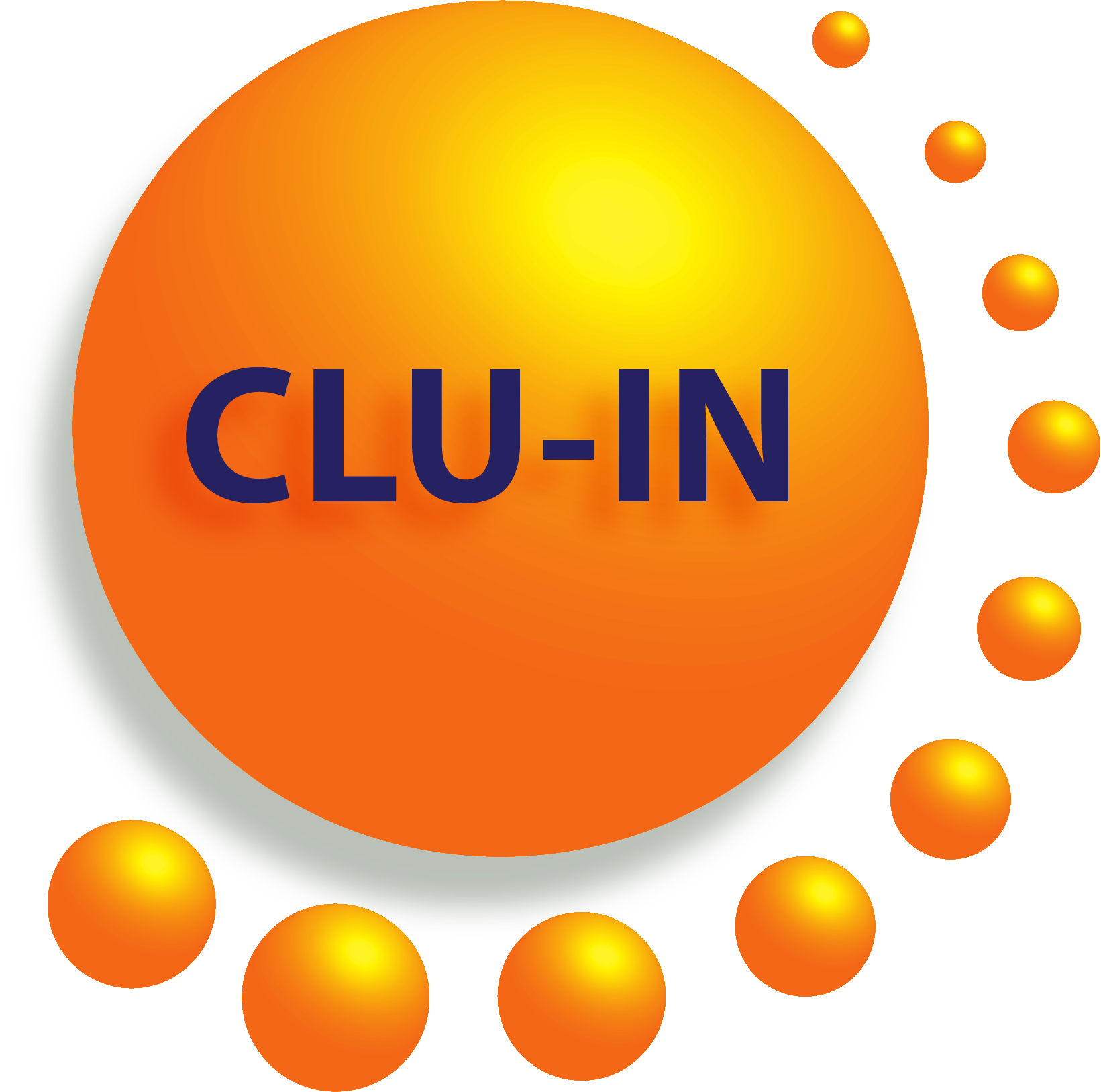Characterization, Cleanup, and Revitalization of Mining Sites
Overview
This website provides site managers, regulatory agencies, consultants, and the general public with information on technologies and resources related to the assessment, characterization, cleanup, and revitalization of current and former (active, closed, and abandoned1) mining sites.
Mining Sites Spotlight
- The February 16-28 issue of the Technology Innovation News Survey, (TINS), published April 2025, focuses on mining site cleanups. TINS contains market/commercial information; reports on demonstrations, feasibility studies and research; and other news relevant to the hazardous waste community.
- EPA and USGS co-wrote Mechanisms of Water-Rock Interaction and Implications for Remediating Flooded Mine Workings Elucidated from Environmental Tracers, Stable Isotopes, and Rare Earth Elements
 in Applied Geochemistry. The research was funded by EPA's Mining-Influenced Water Treatment Technology Demonstration Program and the USGS Environmental Health Program in the Ecosystems Mission Area.
in Applied Geochemistry. The research was funded by EPA's Mining-Influenced Water Treatment Technology Demonstration Program and the USGS Environmental Health Program in the Ecosystems Mission Area. - EPA's Office of Research and Development (ORD) Technical support report for contaminated sites illustrates how state and local communities are using EPA as a resource for research results, decision support tools, and technical solutions to meet environmental challenges. The EPA Research Partner Support Stories map profiles stories related to mining site cleanup under the Contaminated Sites tab (see Oregon DEQ, Colorado DPHE, & New Mexico Gold King Mine stories).
- The Environmental Monitoring and Remediation Technology Assessment Initiative (EMRTAI) Stakeholder Group meets quarterly and is open to membership and participation by interested stakeholders in all aspects of mining and legacy mine site remediation. Please register and join the meeting for an update on the progress of technology assessments and contribute to planning for future assessments.
EPA regulates three general categories of mining activities: hardrock, non-metals, and coal mining. Regulation of the mining sector involves every major EPA program. For example, EPA's EPA's Abandoned Mine Lands Program handles issues related to management of mineral processing wastes, while EPA Regional offices use statutory authority granted by the Clean Water Act to regulate coal, hardrock and non-metals mining activities through the National Pollutant Discharge Elimination System (NPDES) permits program. The EPA Superfund Abandoned Mine Lands (AML) Program identifies ways to protect human health and the environment using regulatory and non-regulatory approaches to addressing contamination at abandoned mine sites1. This can include Superfund remediation, voluntary cleanups, emergency responses, and cleanups leading to redevelopment and land revitalization. To coordinate the risk reduction and cleanup of abandoned mine lands, the AML Program works directly with other federal agencies, tribes, states, communities, and mine operators on research, characterization, cleanup, and redevelopment-related activities. The AML Program is coordinated through EPA's National Mining Team and the Abandoned Mine Lands Team, which together serve as a focal point for coordinating and facilitating national technical, policy and process issues with stakeholders on abandoned/inactive mine research, characterization, cleanup and redevelopment activities.
Other federal government agencies involved in the management of mining sites include the Bureau of Land Management's (BLM) (Mining and Minerals Program and Abandoned Mine Lands Program), the U.S. Forest Service (Minerals & Geology Management), the National Park Service (NPS) (Energy & Minerals Management and Abandoned Mineral Lands Program), and the Office of Surface Mining Reclamation and Enforcement (OSM) (coal mine regulation and abandoned mine land reclamation). Federal agencies also have access to the Superfund program for removal or remedial actions. The Superfund program can be used when a significant environmental or public health threat is imminent, or where a site poses an environmental threat and no potentially responsible party can be found. Because ownership of lands on which mining sites exist ranges widely, management of these sites is a complex issue. State mining agency websites may contain more in-depth information on the number of mining sites and the total area they occupy within individual states. Links to state mining programs can be found through the U.S. Department of Labor's Mine Safety and Health Administration resource area.
Information on the types of abandoned mining sites that exist across the United States and site ownership issues can be found through the U.S. Government's Abandoned Mine Lands Portal. ↩
Information on the types of abandoned mining sites that exist across the United States and site ownership issues can be found through the U.S. Government's Abandoned Mine Lands Portal ↩

